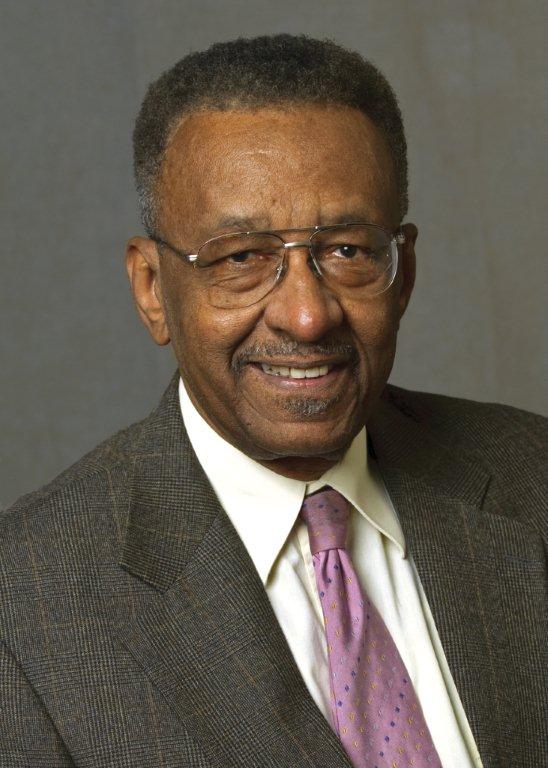Activists in the environmentalist movement have a callous disregard for people. You say: “What do you mean, Williams? We can’t think of a more caring people.” First, I’m not talking about sensible people who’re concerned about clean air and water. I’m talking about the movement leaders and the politicians they have under their thumbs. Let’s look at it.
The New York Green Party said in its opposition to pesticide spraying to halt the spread of West Nile disease, “These diseases only kill the old and people whose health is already poor.” In East Meadow and Hempstead, N.Y., local officials, following the advice of environmental activists, decided not to spray. Nassau County’s Health Commissioner said, “We believe the risk of infection for residents remains quite low.” Two county residents became infected with West Nile disease and died. Environment activist Lynn Landes says, “West Nile may be a nasty experience for a very few, fatal for an exceedingly rare number, but as diseases go it’s no big deal.” According to the most recent Centers for Disease Control statistics, 2,530 Americans have been infected with West Nile disease and 125 died, but to environmentalists that’s “no big deal.”
American deaths due to environmental activist callousness pale in comparison to other countries. How about a few statistics? In 1972, the activist-controlled Environmental Protection Agency banned DDT, a pesticide once considered a “miracle” for all of the lives it saved by killing the mosquitoes that carried malaria. The ban went into effect despite the evidence that with proper use it posed no health hazard to humans and only little substantial harm to animals. The EPA ban led to diminished DDT production, making the pesticide less available to the world.
What were the effects? In what is now Sri Lanka, there were 2,800,000 malaria cases and 7,300 malaria deaths in 1948; with the use of DDT there were only 17 cases and no deaths in 1964. After DDT use was discontinued, Sri Lankan malaria cases rose to 500,000 in 1969.
Worldwide, malaria’s devastating effects all but ended during the time that DDT use was widespread, roughly from 1950 to 1970. DDT was seen as such a miracle that it earned Dr. Paul Muller the Nobel Prize in Medicine in 1948. In 1970, a committee of the National Academy of Sciences wrote: “To only a few chemicals does man owe as great a debt as to DDT. In a little more than two decades, DDT has prevented 500 million deaths due to malaria that otherwise would have been inevitable.”
According to the World Health Organization, now about 2.5 million people die of malaria each year. Most of the victims are in Africa and are children. According to the American Council on Science and Health’s president, Dr. Elizabeth Whelan, some 60 million or more lives have been needlessly lost since the ban on DDT took effect. Whelan says, “It’s a real tragedy that DDT has been so demonized over the years by activist organizations such as Environmental Defense and the regulatory bodies that they have duped.”
C.S. Lewis made an observation applicable to do-gooders everywhere: “Of all tyrannies, a tyranny exercised for the good of its victims may be the most oppressive. It may be better to live under robber barons than under omnipotent moral busybodies. The robber baron’s cruelty may sometimes sleep, his cupidity may at some point be satiated; but those who torment us for our own good will torment us without end, for they do so with the approval of their own conscience.”
